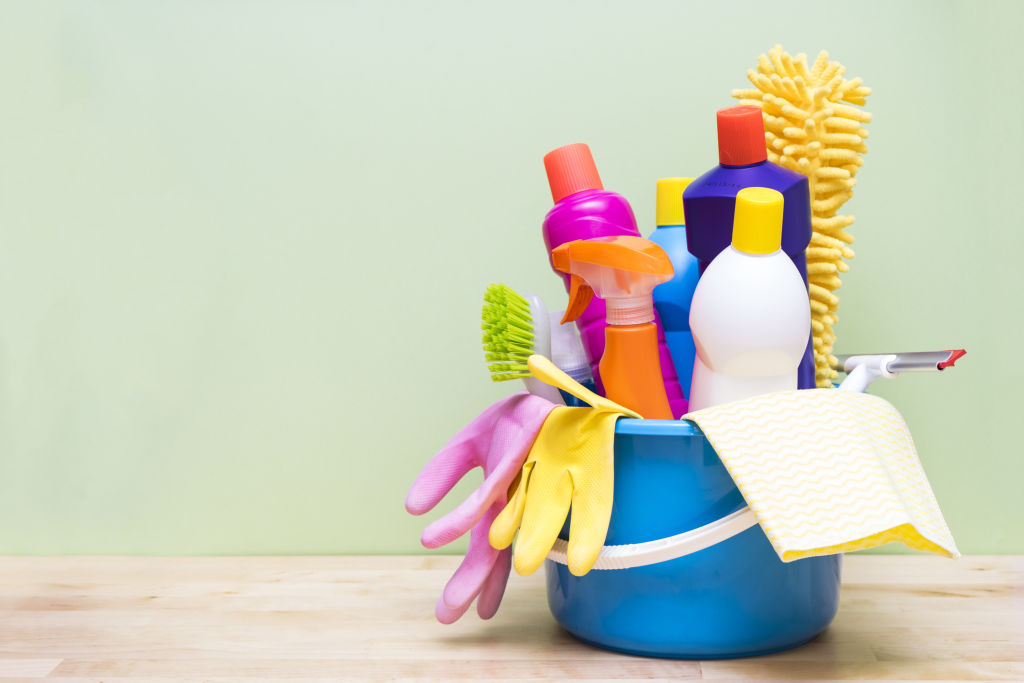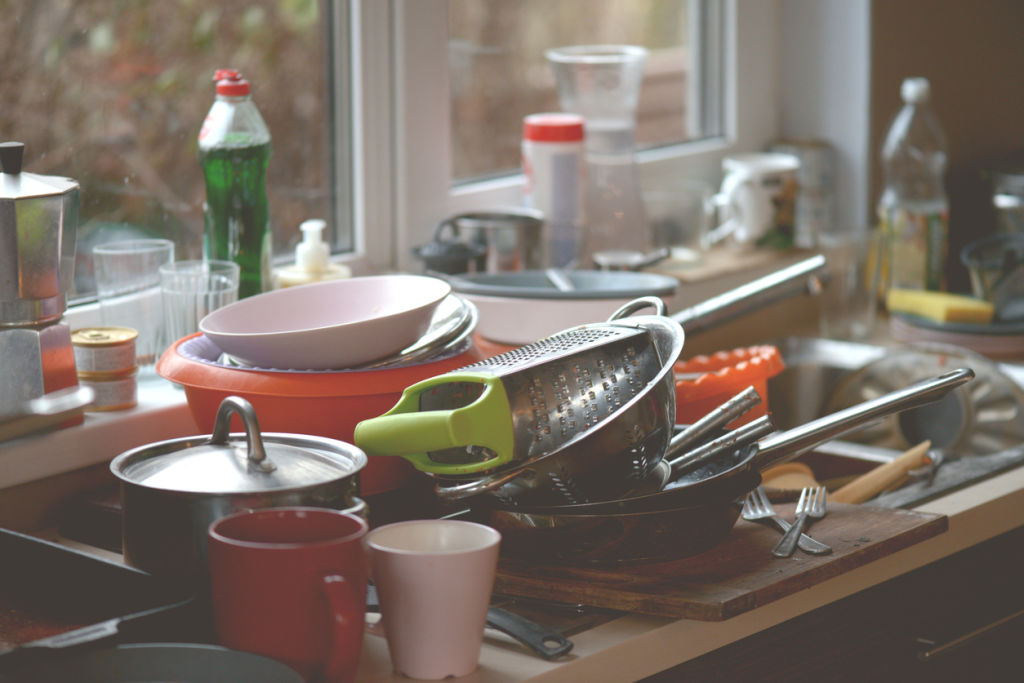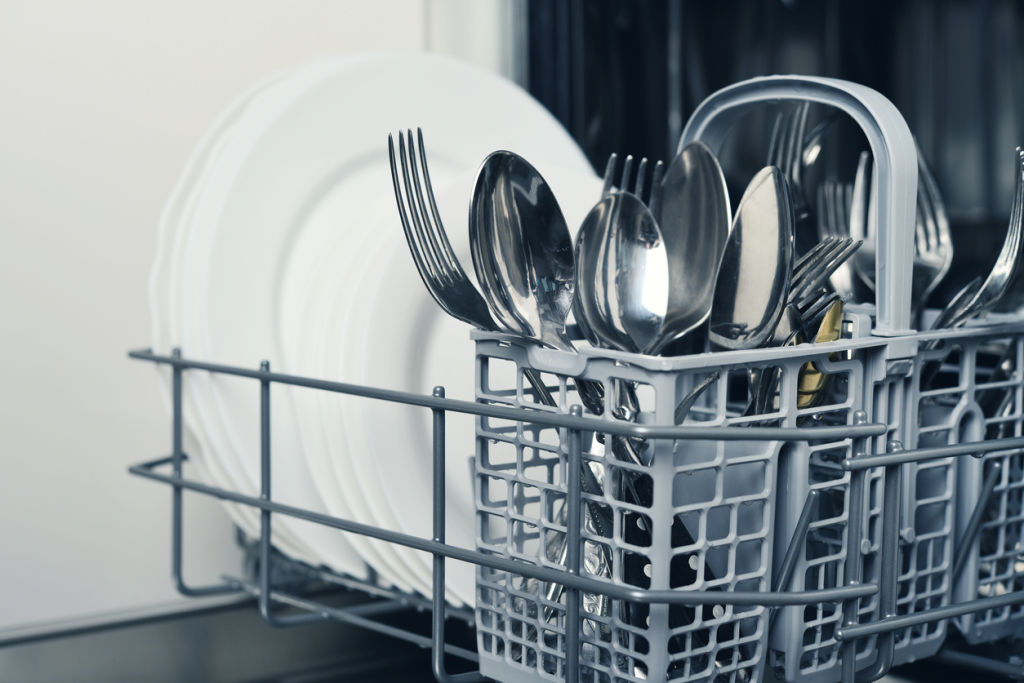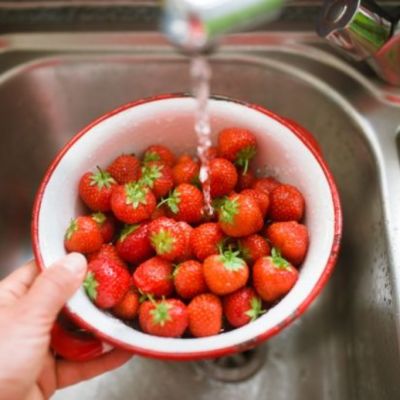Yes, there is a right way to hand-wash your dishes, and this is it

There are people who enjoy washing dishes. I’ve heard of them. I even know a few. (For some reason, none have volunteered to come to my house to do mine!)
I, however, am not one of them.
Maybe it’s because by the time I’ve finished making whatever food I’ve been sweating over, I’m hardly in the mood to keep standing around in the kitchen.
Don’t get me wrong, I’ll wash dishes by hand and not sloppily, either. I don’t throw everything in the dishwasher to avoid the manual work. I care too much about – and spent too much money on – my good kitchen tools to be that haphazard.
“I think it’s really easy to think it’s a huge chore,” says Sandy Patterson, a former instructor at the late L’Academie de Cuisine culinary school who has worked in catering and now serves as the chef de cuisine at LEO | MKT at Georgetown University.
It really doesn’t take that long to get the job done, she says.
But how do you ensure the process is as streamlined and effective as possible? Here are some tips.
Know what has to be hand-washed
Anything delicate should stay out of the dishwasher, whether it’s wood, fine glassware or other intricately decorated pieces, Patterson says. Chef’s knives should be washed by hand, especially because the connection between the blade and the handle is susceptible to damage in the dishwasher. And very sharp knives in the machine are a safety hazard.
“Pots and pans you generally need to wash by hand,” says Sarah Carey, the editorial director of food and entertaining for Martha Stewart Living who has no dishwasher in her apartment.
Especially if they’re on the dirtier side, they won’t come out of the dishwasher as clean, and they, too, can be damaged in the dishwasher. Even if the manufacturer says “dishwasher safe,” why take the risk and use up all that real estate in the dishwasher anyway? You should always, always wash cast-iron cookware by hand.
Understand what makes sense for you and your kitchen
Wash dishes while you cook or at the end? It depends on how neat you need your workspace to be, how big your kitchen is and whether you have extra sets of hands, among other things.
But there’s no right answer. I like the payoff of a good meal before diving into the drudgery. Carey’s the opposite: “I’m like, ‘Let’s get it done and over.’ ”

Choosing a soap
Go for something with no scent, or at least a neutral, food-friendly (citrus, for example) scent. Patterson likes Palmolive Ultra Pure + Clear. “I’m just looking for a basic soap,” she says. “You don’t need fancy, you just want soap.”
Carey finds that “natural” soaps are not as effective. She also avoids scents and goes for strength.
Getting rid of food
Remove as much food debris before hand-washing as you can. A pot scraper or plastic spatula can help get off more stubborn bits, too. If that fails, options include further soaking and boiling water in the dirty pot or pan, with or without baking soda.
Once it’s time to proceed with washing, Patterson’s go-to is a stainless steel scouring pad, though that’s not something to use on delicate surfaces, nonstick cookware or cast iron.
Carey favours the ubiquitous green scouring pads, though they can also be too harsh for certain items. Soft, non-scratch sponges are useful when you need to take extra care, but be sure to sanitise or change them frequently.
Be smart about how much water you use
The most environmentally-friendly strategy is to have a bin or large bowl with hot soapy water in which to soak and wash your dishes, changing the water as necessary, with one final rinse when you’re done, rather than washing each piece one by one under running water.
That doesn’t always work, though, especially if you don’t have a large or multi-basin sink. And if you’re cleaning up as you go rather than waiting until the end, you may be more inclined to skip the tub of water. At the very least, be restrained with how much you leave the faucet on.
About that water: Patterson notes that while commercial kitchen stations are set up to facilitate sanitising, water as hot as you can stand it – use gloves to protect your hands if you prefer – is typically sufficient for home use. It’s also good at dissolving food. Carey points out that very hot water will also evaporate quicker when it comes to air drying.
If you need or want to sanitise, a diluted bleach solution and air drying can get the job done, as well as sanitisers you can buy online or elsewhere.

Inside out or outside in?
You’ll find different opinions on how to wash the dishes. Patterson is an “outside of the pot last kind of girl,” she says, recalling how her mother would scrub the bottom of her pots to cleanliness.
Carey, on the other, hand likes to work from the outside in, since the non-eating or -cooking surfaces are typically cleaner to begin with. That way, food debris is not being spread to those sides.
But don’t get too hung up on the chronology. “To me, it’s about getting it clean,” Patterson says. “Does the procedure matter? I don’t think so.”
Drying
Have a few absorbent towels on hand for items you want to dry immediately, including glassware that might spot or metal that might rust. Larger items can also be towelled off right after washing if you don’t want them to occupy your entire dish rack.
If you are letting your dishes air dry, “You shouldn’t overcrowd your rack,” Carey says. Leave enough room for air to circulate. That Jenga-style tower is not only inefficient but also dangerous if it collapses or is knocked over.
We recommend
We thought you might like
States
Capital Cities
Capital Cities - Rentals
Popular Areas
Allhomes
More










